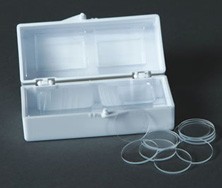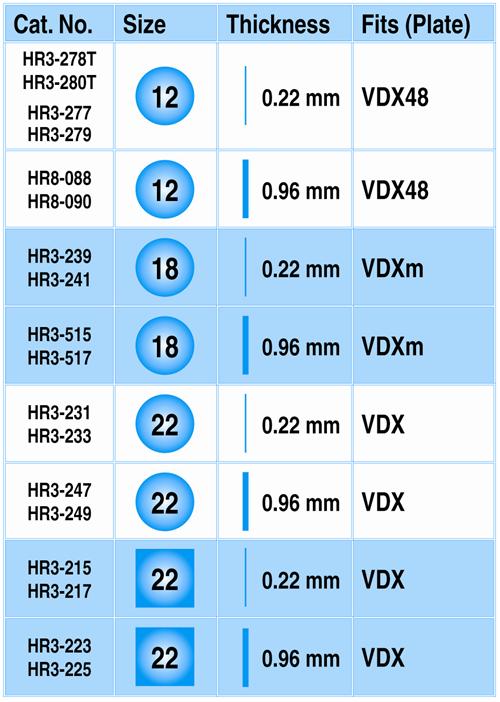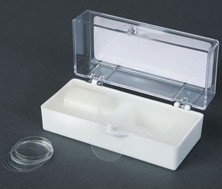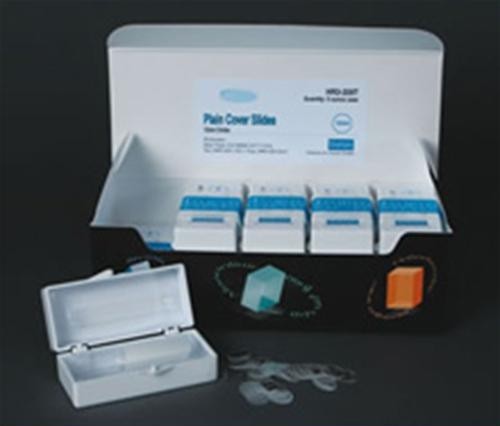Hampton Natrix • Natrix 2 • Natrix HT
 Primary biased sparse matrix crystallization screen for nucleic acids & protein/nucleic acid complexes 主要用于核酸和蛋白质/核酸复合物的删选
Primary biased sparse matrix crystallization screen for nucleic acids & protein/nucleic acid complexes 主要用于核酸和蛋白质/核酸复合物的删选
| Nucleic acid sparse matrix screen |
| Sparse matrix formulation efficiently samples salts, polyols, polymers, organics, additives & pH |
| pH range 5.6 – 8.5 |
| Tube or Deep Well block format |
Natrix, Natrix 2 and Natrix HT are based upon published reagent formulations for the crystallization of nucleic acids and protein-nucleic acid complexes. A variety of hammerhead ribozymes and other ribozymes, RNAs, DNAs, RNA-drug complexes, and RNA-protein complexes have been crystallized using the Natrix protocols.By using sparse matrix sampling technology, The Natrix kits allow one to quickly test wide ranges of pH, salts, and precipitants using a very small sample of nucleic acid.
Natrix screens are unique in that rather than relying solely on the traditional nucleic acid precipitant MPD, Natrix screens also utilize Polyethylene glycols (PEGs) in a variety of molecular weights (200, 400, 4,000, 8,000) as well as 2-Propanol, Polyethylene glycol monomethyl ether (PEG MME), and 1,6-Hexanediol. Many of the polymeric and low molecular weight organic precipitants are combined with various monovalent salts as precipitating agents. This combination of salts and low molecular weight organics and polyalcohols, as well as the utilization of varying chain length PEGs, has proven to be a successful combination for producing nucleic acid and protein-nucleic acid complex crystals.
Natrix contains 48 unique reagents, 10 ml each and is based on the sparse matrix formulation first described by William Scott in 1995.
Natrix 2, an extension of Natrix, contains 48 unique reagents, 10 ml each. Natrix 2 is a biased sparse matrix screen based on extracting patterns from crystallization data as well as reagent formulations first described by Berger et al in 1996.
Natrix HT contains 1 ml of each reagent from Natrix and Natrix 2 in a single Deep Well block format.
Ready-to-use reagents are sterile filtered and formulated with ultra-pure Type 1 water, using the highest purity salts, polymers, organics and buffers. Individual reagents are available through the Hampton Research Custom Shop.

 |
| Crystals of a frameshift promoting RNA pseudoknot from the coronavirus IBV, grown using the Hampton Research Natrix screen. Simon Pennell, MRC National Institute for Medical Research, United Kingdom. |
| View Full Size |
 |
| Crystals of Ec Rnk, a new RNA polymerase interacting protein obtained in Hampton Research Natrix Screen. Valerie Lamour, IGBMC, Illkirch, France. |
| CAT NO | NAME | DESCRIPTION |
| HR2-116 | Natrix | 10 ml, tube format |
| HR2-117 | Natrix 2 | 10 ml, tube format |
| HR2-131 | Natrix HT | 1 ml, Deep Well block format |








